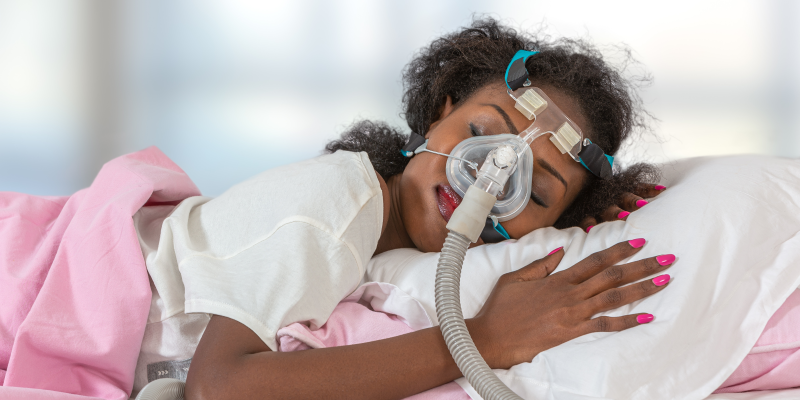
Good sleep is essential for maintaining brain performance, mood and overall mental and physical health, yet 50 to 70 million people in the U.S. have ongoing sleep disorders which are influenced by age, lifestyle, preexisting health conditions and various other factors.
Breathing-related sleep disorders and positioning during sleep have a significant impact on an individual's breathing and airway conditions, and first responders must therefore be familiar with the types of breathing-related sleep disorders and their symptoms and risks to provide optimal treatment solutions that enhance a patient's sleep health and habits and improve their airway health and outcomes.
Types of breathing-related sleep disorders
Breathing-related sleep disorders refer to a spectrum of breathing abnormalities ranging from chronic or habitual snoring to upper airway resistance syndrome (UARS), frank obstructive sleep apnea (OSA) and obesity hypoventilation syndrome (OHS).
Age and other health conditions and factors contribute to the prevalence of these disorders in certain patient demographics. For instance, men are predisposed to OSA during middle age, and there’s an increased OSA risk for women during menopause or pregnancy, or due to polycystic ovaries.
Chronic or habitual snoring: Snoring, which occurs when air flows past relaxed tissues in the throat, causing them to vibrate, is often associated with OSA when accompanied by the following symptoms:
- Witnessed breathing pauses during sleep
- Excessive daytime sleepiness
- Difficulty concentrating
- Morning headaches
- Sore throat upon awakening
- Restless sleep
- Gasping or choking at night
- High blood pressure
- Chest pain at night
- Your snoring is so loud it's disrupting your partner's sleep
- In children, poor attention span, behavioral issues or poor performance in school
Frank obstructive sleep apnea: Frank obstructive sleep apnea (OSA) is caused by absent airflow despite continued inspiratory effort, that results in oxyhemoglobin desaturation and/or arousal from sleep.
Upper airway resistance syndrome: Upper airway resistance syndrome (UARS) is similar to OSA in that it occurs when the soft tissue of the throat relaxes and reduces the size of the airway, resulting in disturbed sleep, daytime impairment and excessive daytime tiredness.
Obesity hypoventilation syndrome: Obesity hypoventilation syndrome (OHS), a disorder that affects some obese individuals, causes too much carbon dioxide and not enough oxygen in the blood, and inhibits individuals from moving enough air in and out of their lungs.
Airway management and treatment
Mitigating the impact of breathing-related sleep disorders often requires significant lifestyle changes and changes in sleep positioning, such as the avoidance of supine positioning (lying on back) during sleep, but there are various techniques that first responders can and should employ when treating patients with breathing-related sleep disorders.
Some steps first responders should take, and factors to keep in mind when managing patients with breathing-related disorders during treatment, or before surgical procedures, include:
- Assessing the patient’s airway before intubating and planning accordingly
- Choosing a provider who is most skilled at working with difficult airways
- Avoiding treating patients as an annoyance or inconvenience, and never making them feel judged for their weight or sleep challenges, which may cause them to avoid medical care in the future
- Assessing a patient’s risk for breathing-related sleep disorder events based on lifestyle, age and preexisting conditions, prior to treatment or surgery
- Monitoring for risks of difficult airways and potential anesthesia-related airway difficulties (higher rate of potentially difficult airways in patients with a history of sleep apnea than in the general population)
- Providing appropriate monitoring of airway symptoms and breathing after treatment or surgery
- Using continuous positive airway pressure machines (CPAP) for patients with sleep apnea or upper airway respiratory syndrome linked to apnea, to reduce the risk of desaturation and apnea-related events
Remaining prepared
There are many breathing-related sleep disorders that impact an individual's rest, routines and overall health, and it may seem overwhelming at times trying to keep track of each disorder and its unique symptoms and risks. However, familiarizing yourself with these disorders and their effects on different patient demographics is critical for enhancing your team’s awareness of airway anomalies, and strengthening your airway management approach for working with diverse patient populations and needs.














